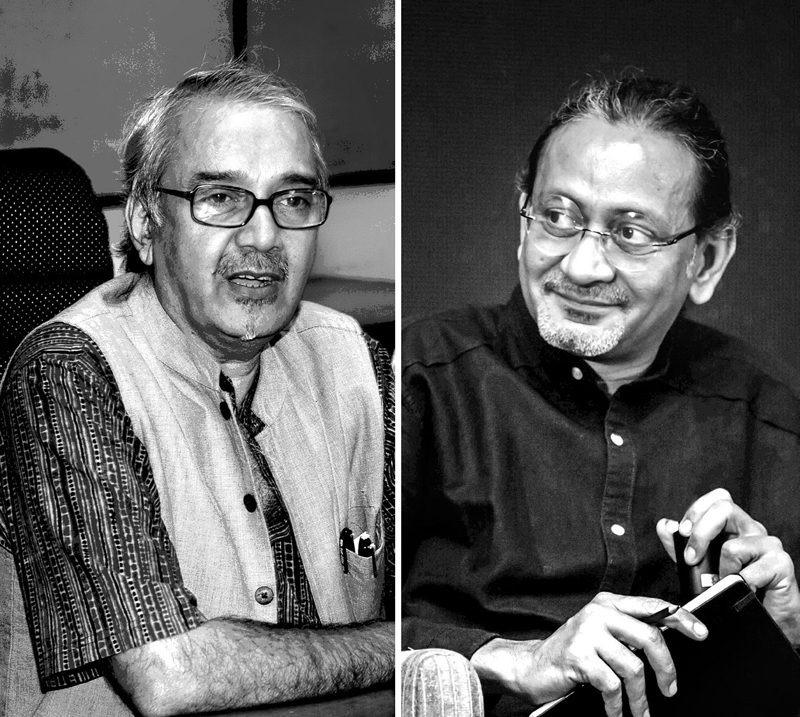Environment
Indian Urbanism Here and Now
LA 47 |
|
| In conversation with K T Ravindran, urban designer and Mohan Rao, landscape architect, about present day modes of urbanization in a democracy and related aspects of environment.
|
|
 |
|
Do you think the present time is a defining stage in the process of urbanization in India region? If yes, in what ways? What unique features do you see with the phenomenon of Indian urbanization as it is happening in this decade?
KT: In his first speech as Prime Minister, Dr Manmohan Singh on 15th August 2004, declared that urbanization will one of the seven pillars of Indian economy in the years to come. That was the first time when the idea of 'City' really got a thrust in terms of a significant role in Indian economy. Of course, the basis remained of that of the National Urbanization Commission report by Charles Correa that came in 1998. Subsequently came JNNURM, which was a part success. Urban renewals as intended by the scheme didn't take place due to many reasons. Despite huge amount of money being pumped in, the capacity building of local municipalities in terms of technical expertise, bringing reforms, evolving participatory methods were not developed. There was no attempt to change the Planning departments, which are working in their traditional planning mode. There was no attempt to bring in Urban Design and Landscape Design disciplines in the development process. There was no attempt to equip the local governing bodies to tackle these huge challenges of infrastructure and growth in the implementation stage. The agencies hired consultants. DPRs were made. The whole process was too much bureaucratized. So finally, neither the money was spent nor got the projects implemented. In a city like Delhi, where one has a very close working relationship with DDA, it didn't make a difference. Leave aside smaller towns.
The good things was that JNNURM insisted on 74th Constitutional Amendment where a democratic and participatory mode of decision making, funding and implementation of all public development related works is called for. It ensured that a consistent mechanism for planning and decentralization across urban local governments is in place with active citizen's participation with time bound projects. The municipalities were unable to work under these conditions. So the conditions were waived. The projects never took off on the implementation level. The new government has made some improvements on how the administrative and delivery structures can be revamped. 'Heritage Cities' now is a separate component - HRIDAY. The real challenge will come when the projects get into implementation stage, when the process starts challenging the local bodies. We need more structured review of delivery mechanism. Now SPVs (Special Purpose Vehicles) have replaced 74th Amendment, which is a corporate mode rather than democratic mode. It lies outside the democratic frameworks. There is still no up gradation of local bodies in terms of capacity building.
|
|
 |
|

|
|
|
|
|